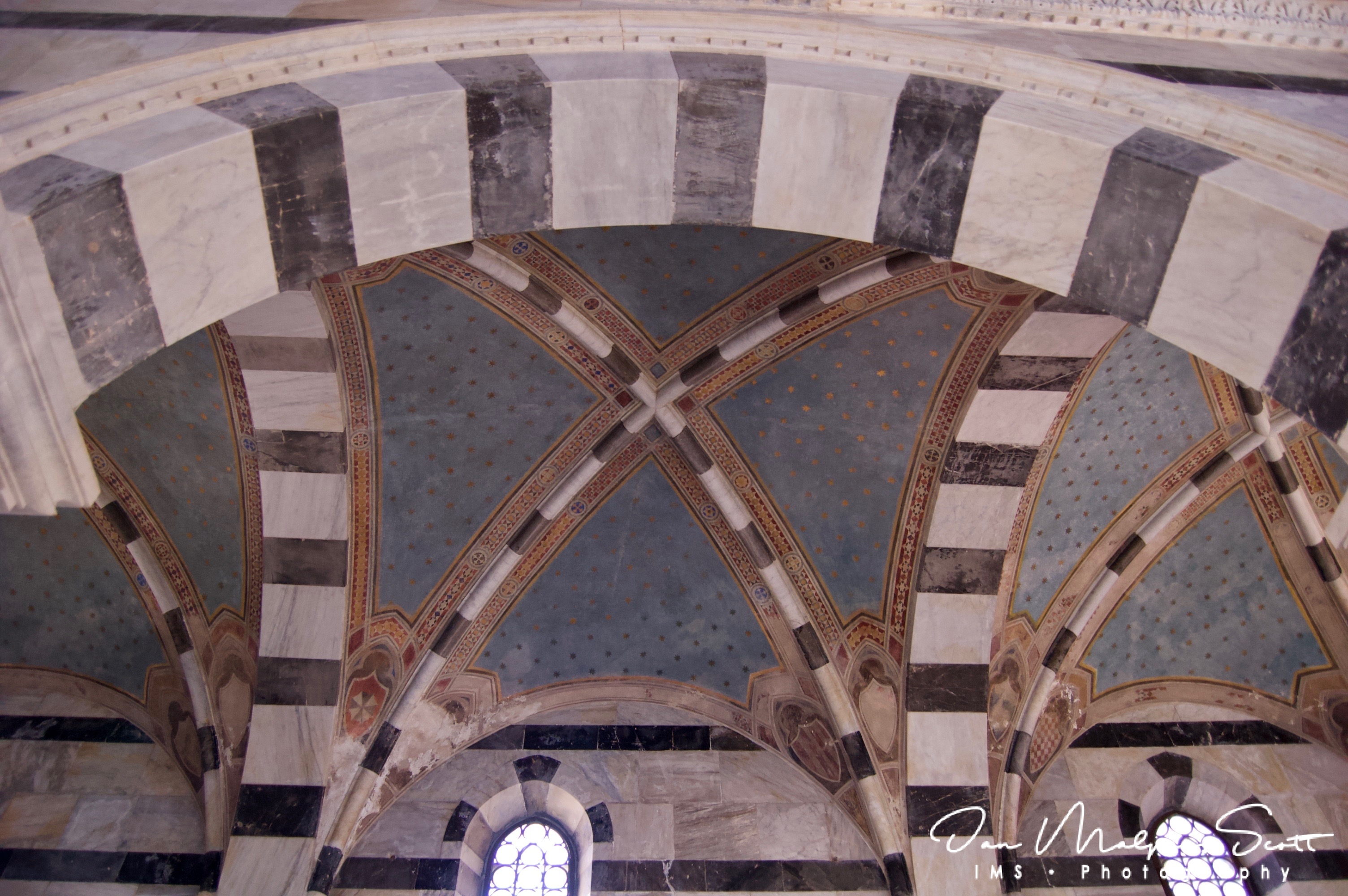Santa Maria della Spina is a small church in the Italian city of Pisa. The church, erected around 1230 in the Pisan Gothic style, and enlarged after 1325, was originally known as Santa Maria di Pontenovo for the newer bridge that existed nearby, collapsed in the 15th century, and was never rebuilt.
The name of della Spina (“of the thorn”) derives from the presence of a thorn, putatively part of the crown of thorns placed on Christ during his Passion and Crucifixion. The relic was brought to this church in 1333. In 1871 the church was dismantled and rebuilt on a higher level due to dangerous infiltration of water from the Arno river. The church was altered in the process, however, and John Ruskin, who visited Pisa in 1872, was outraged about the restoration.. The church no longer houses the “thorn”. The “thorn” is now in the Chiesa di Santa Chiara, which is on show inside and can be found on Via Roma.
The church of Santa Maria della Spina has always been administered by the city, except for short interruptions in the seventeenth and eighteenth centuries when it fell to the responsibility of the local hospital.
Interior
If compared to the rich exterior, the interior appears quite simple. It has a single room, with a ceiling painted during the 19th century reconstruction. In the presbytery’s centre is one of the highest masterpieces of Gothic sculpture, the Madonna of the Rose by Andrea and Nino Pisano. On the left wall is the tabernacle in which once was the crown’s relic, by Stagio Stagi (1534). Another statue by the Pisanos, the Madonna del Latte, was once here, but has been moved to the city’s National Museum of San Matteo.


